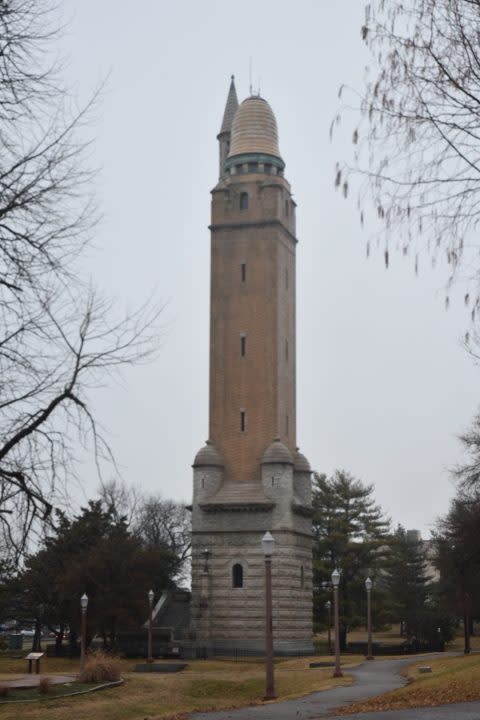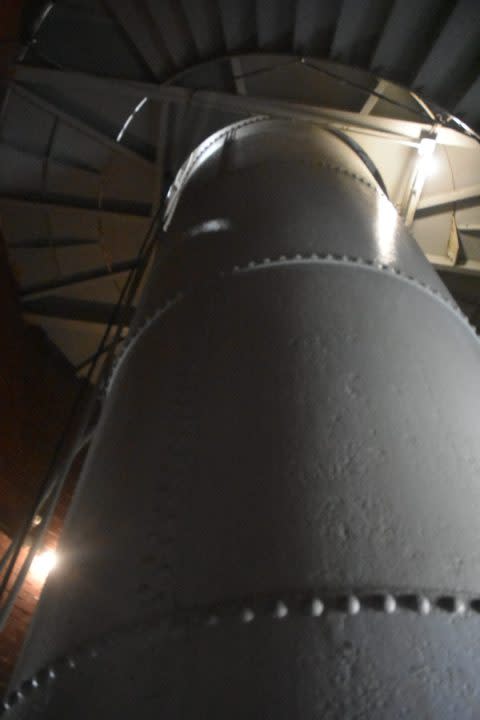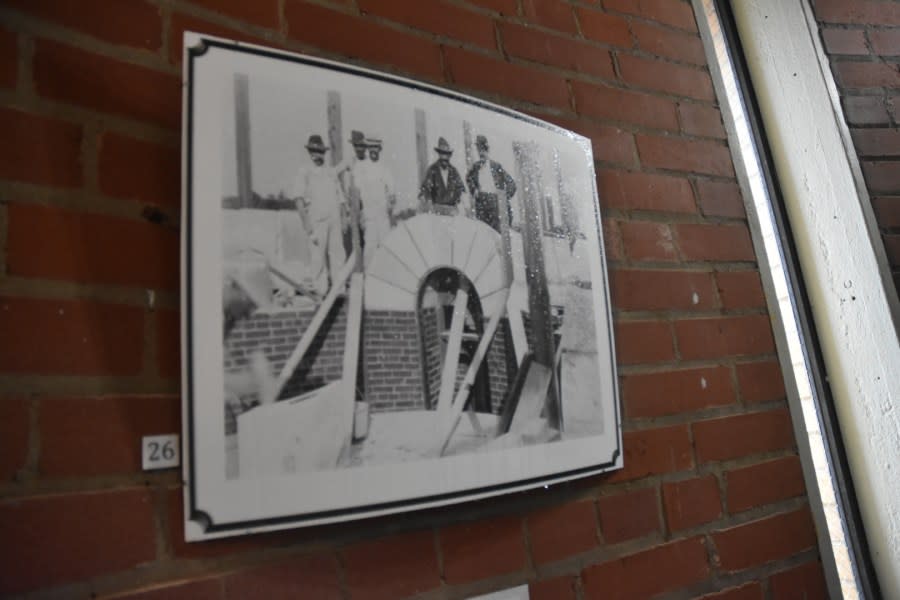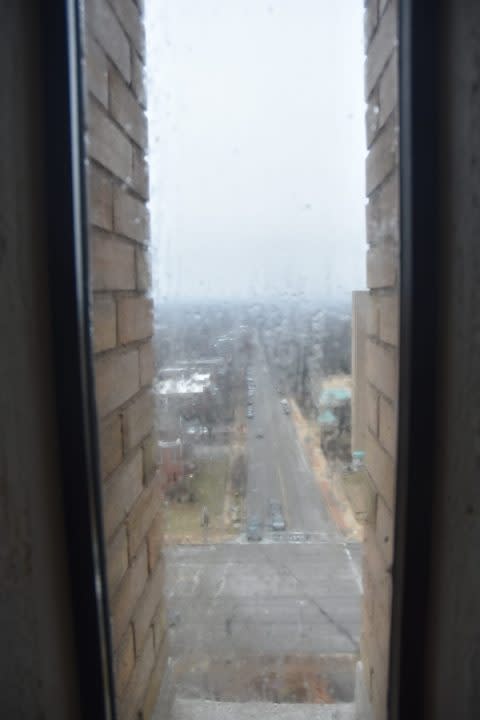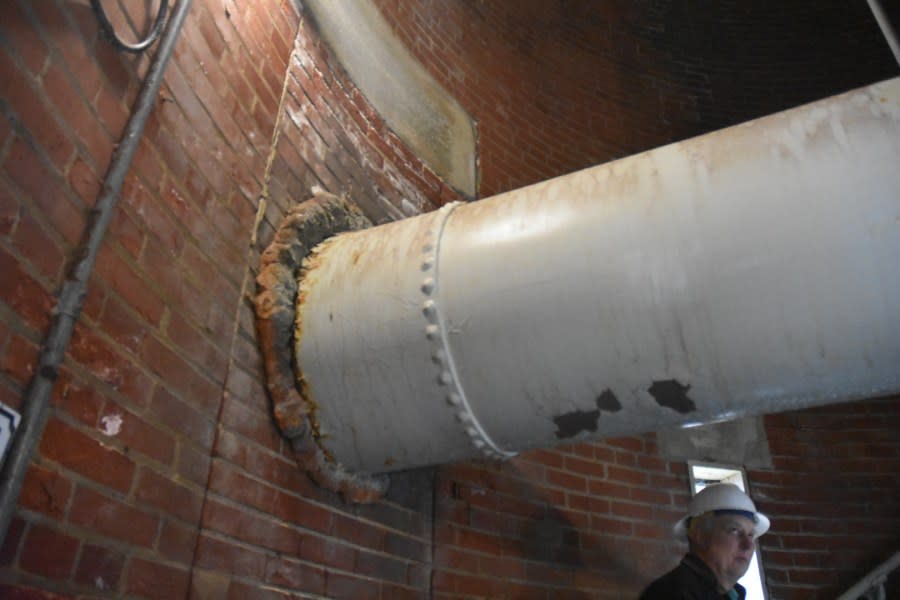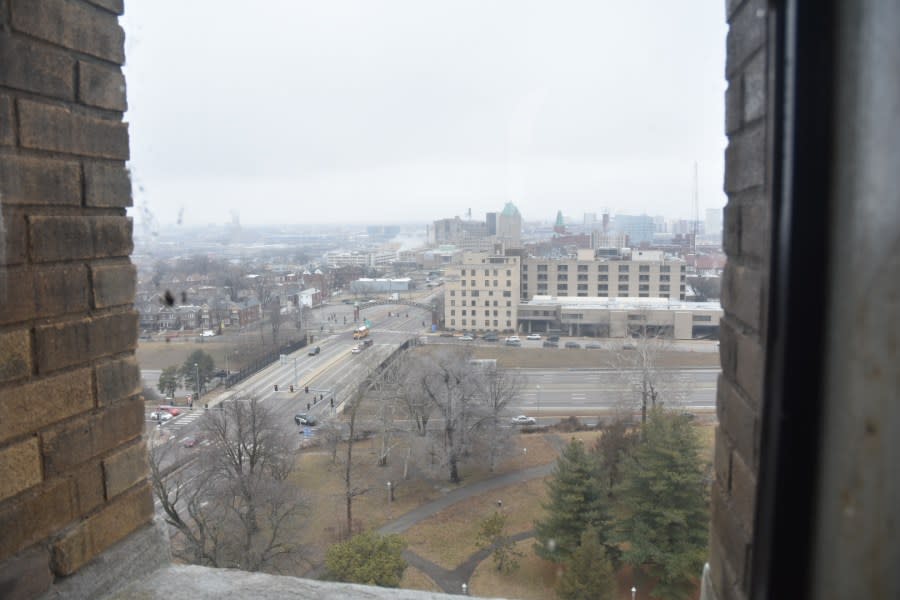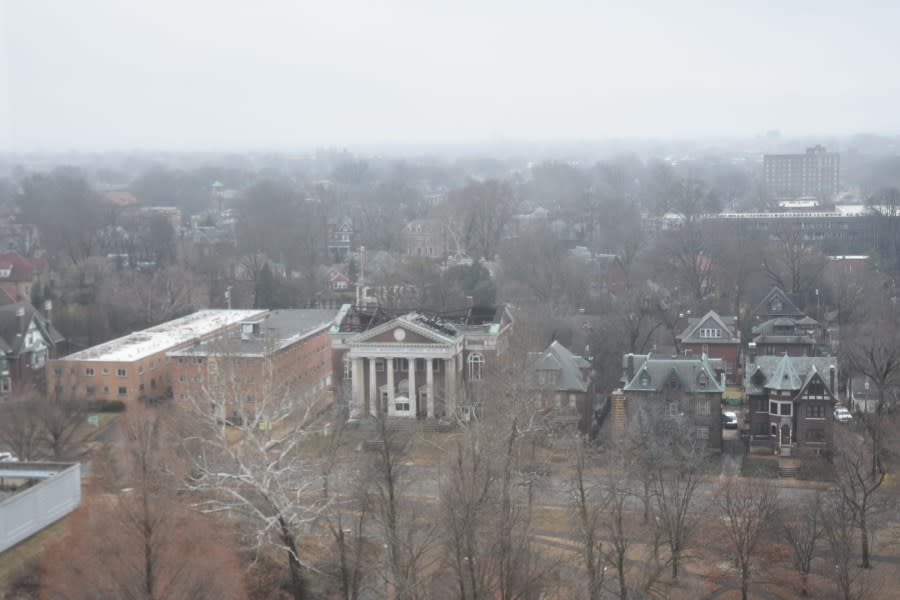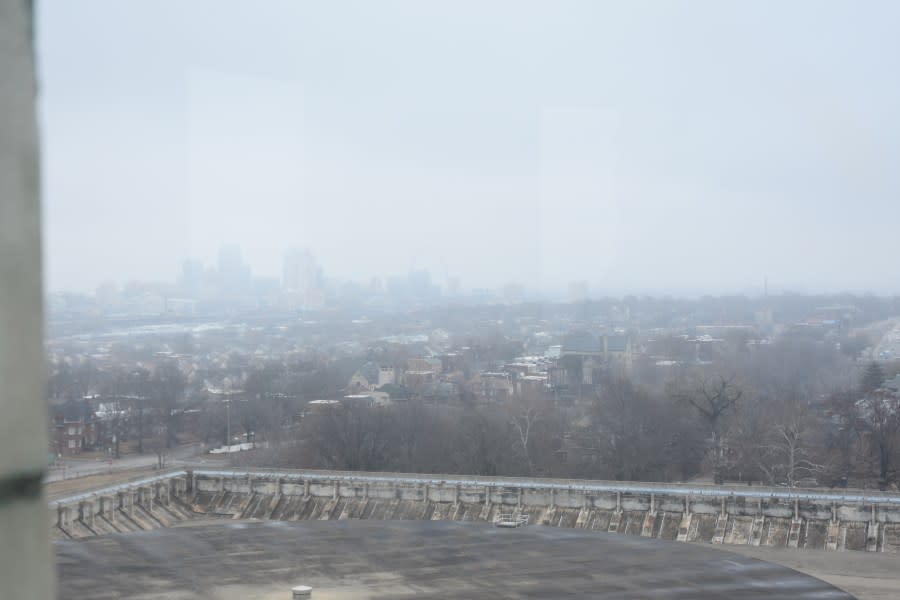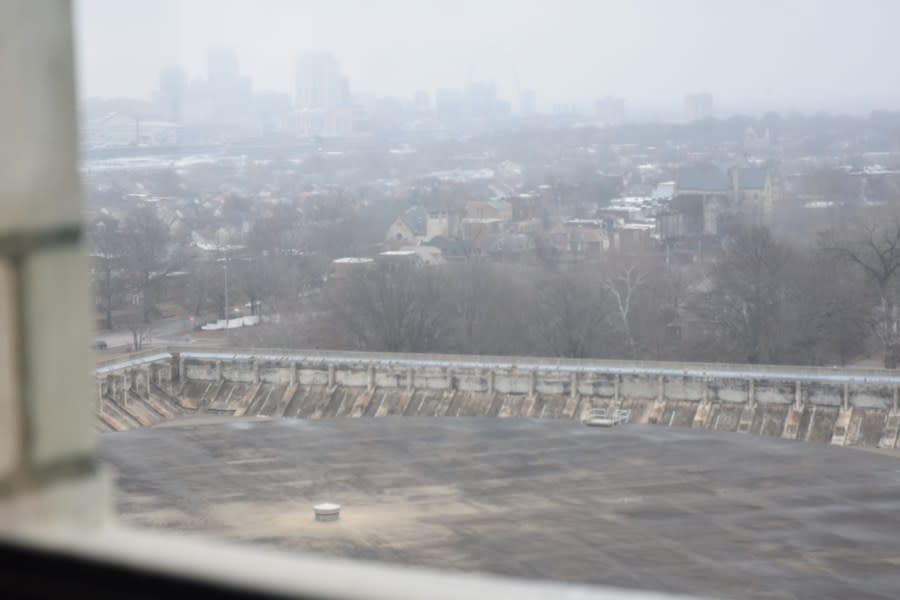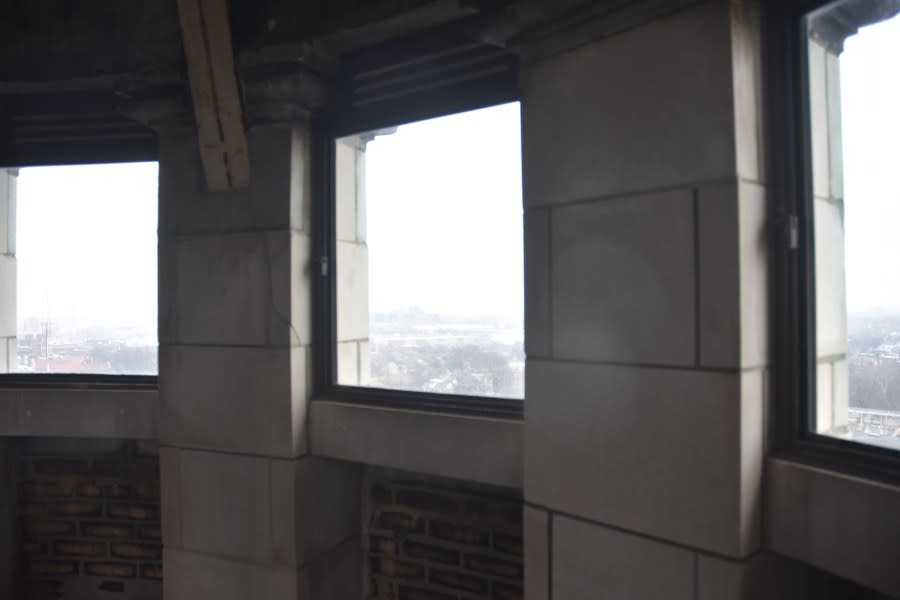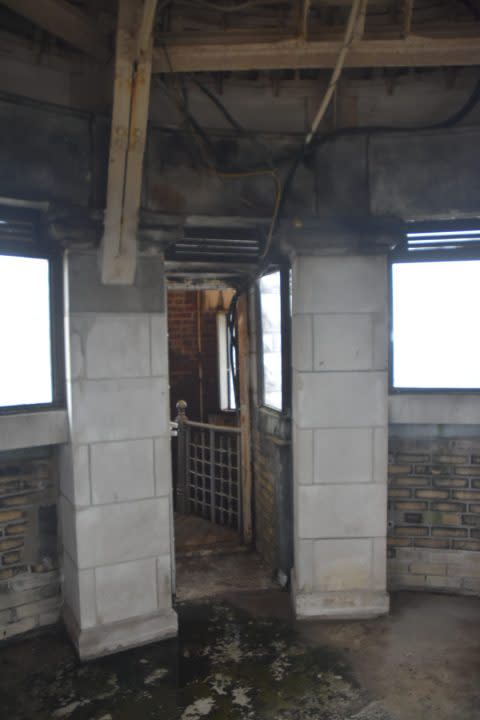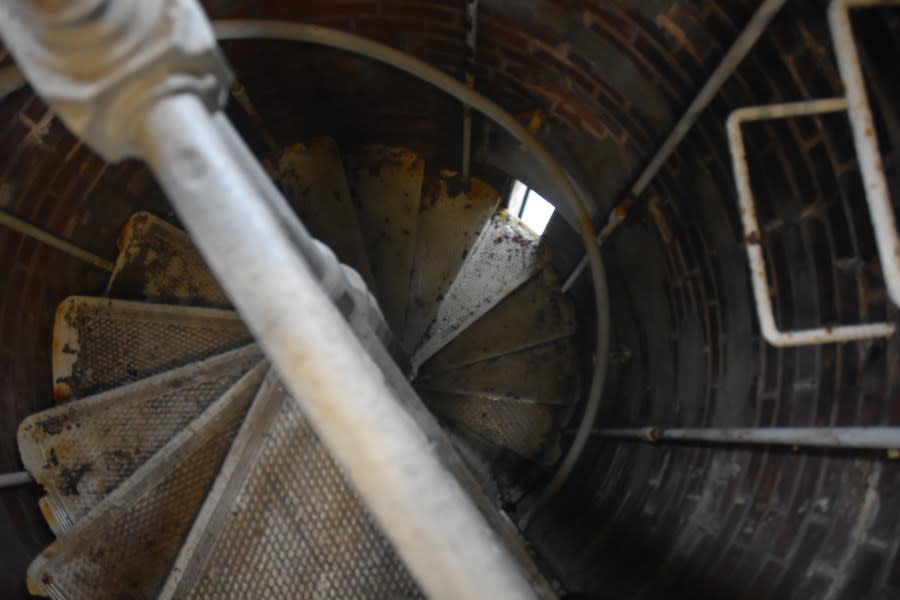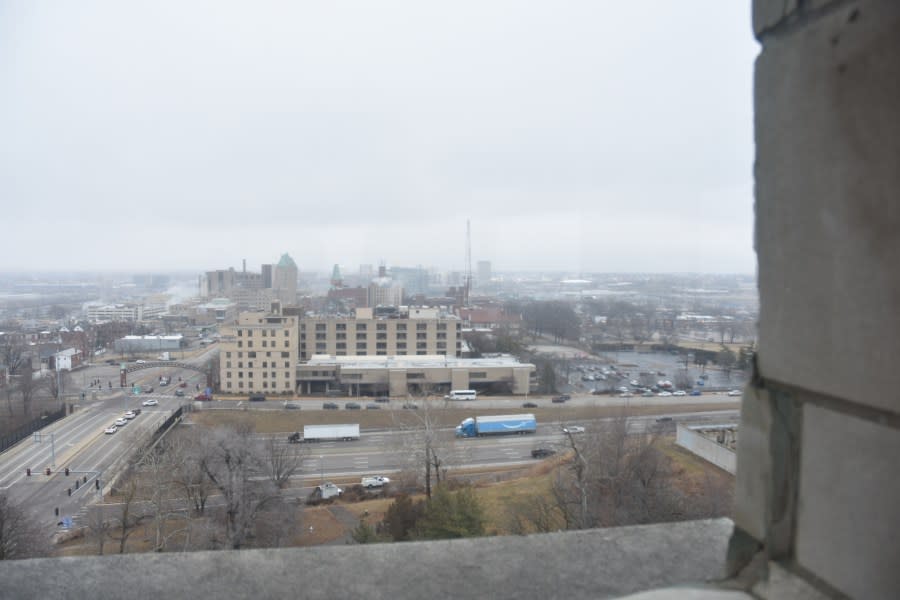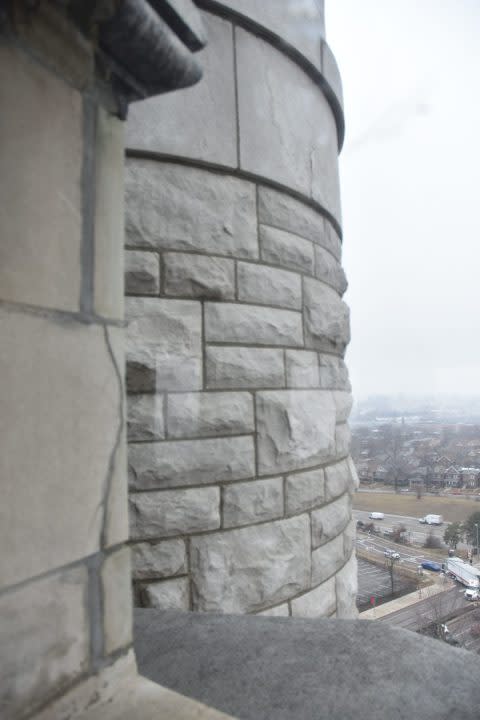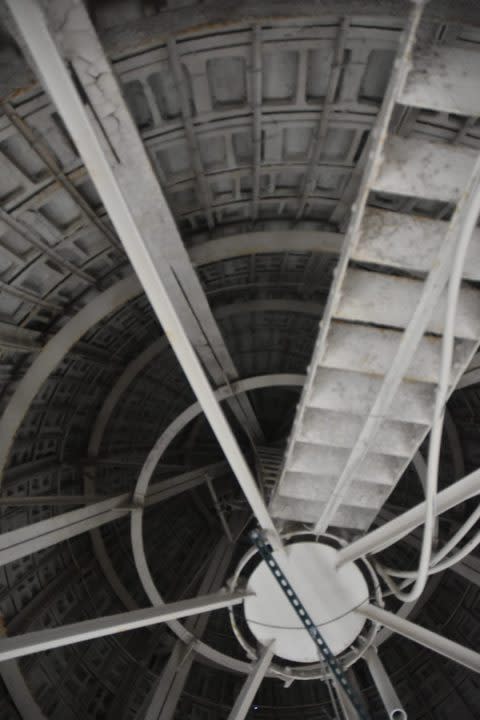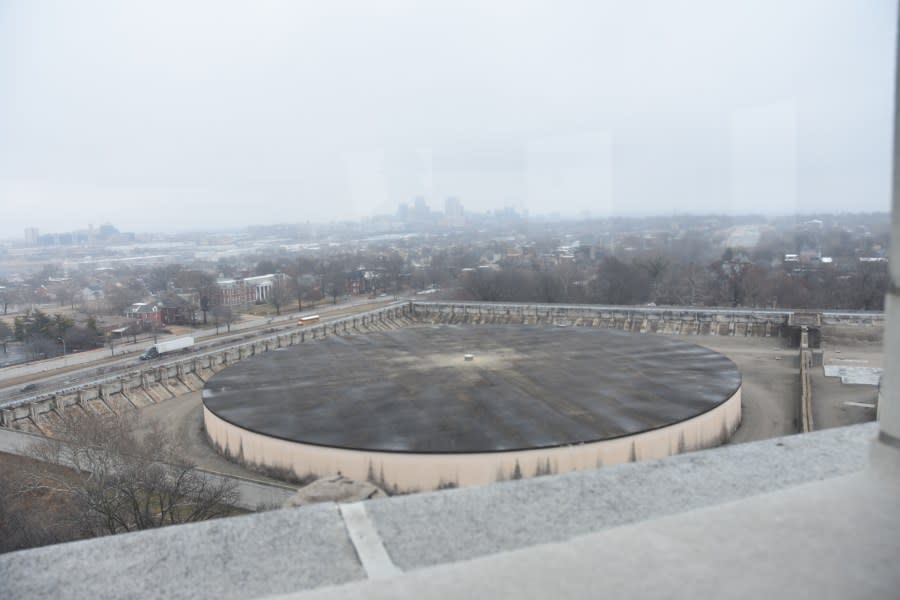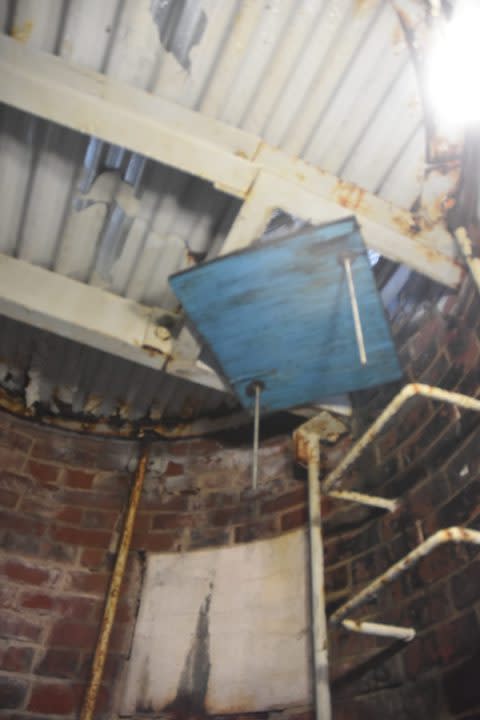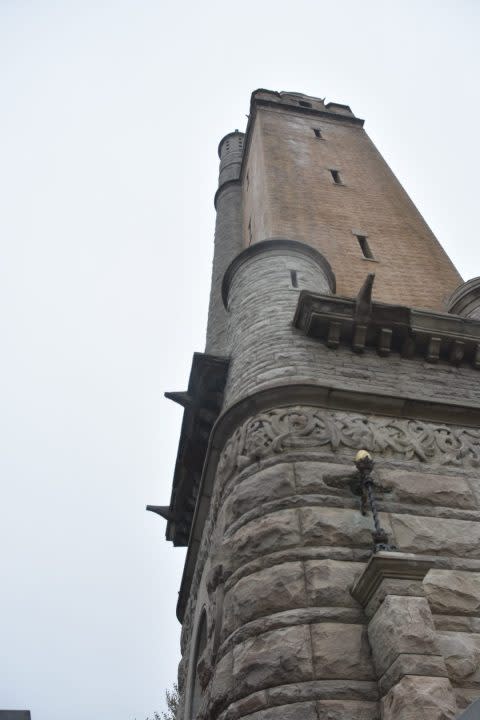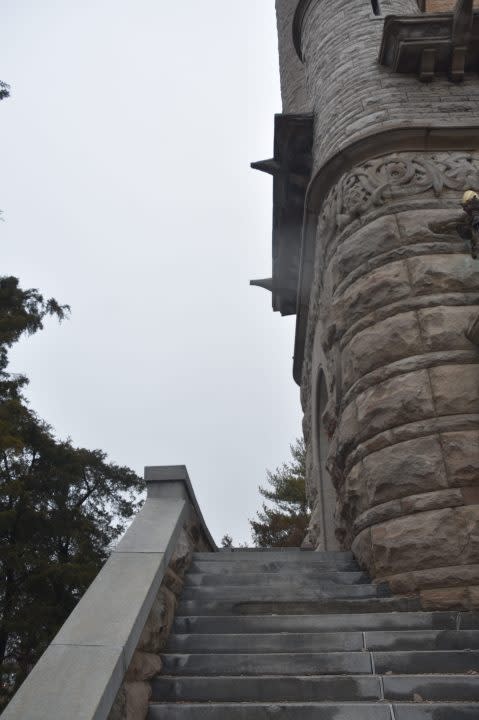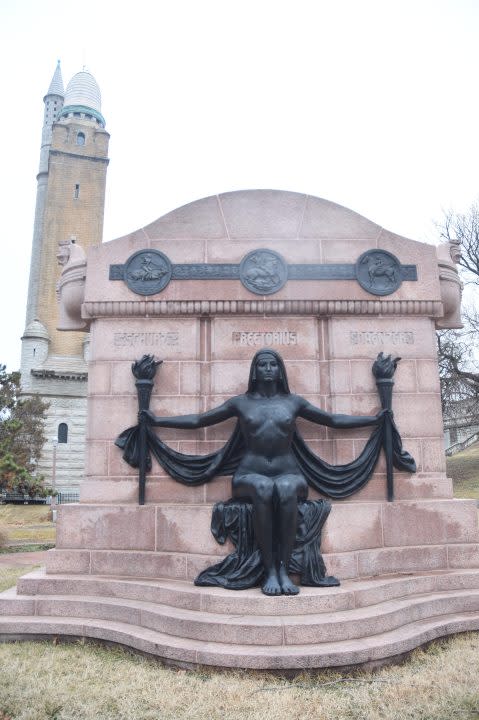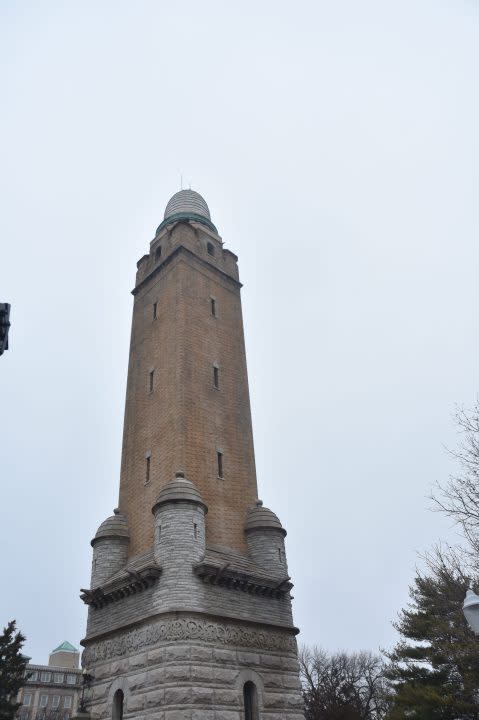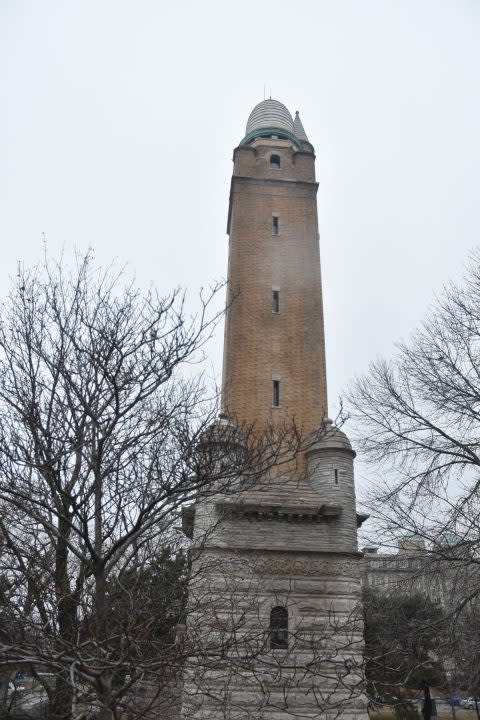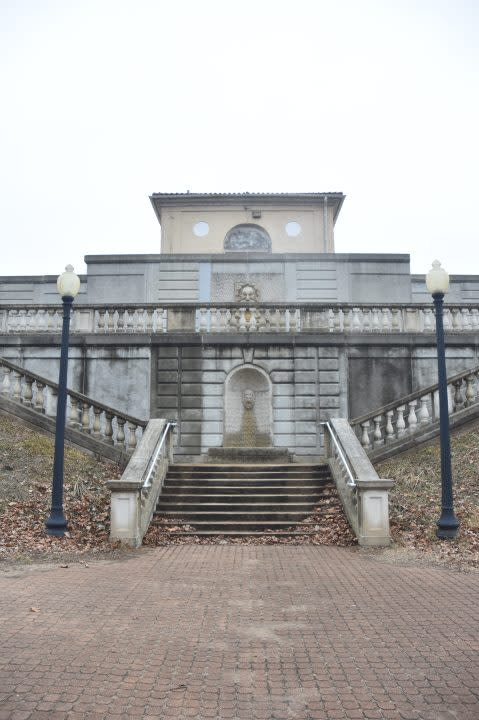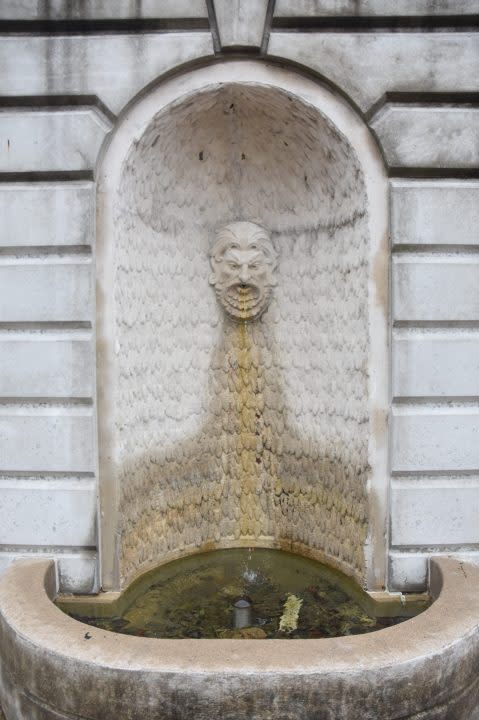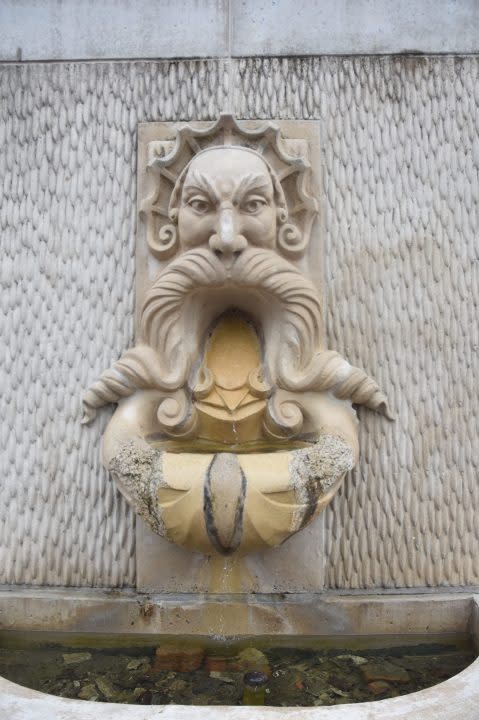Go inside the historic, closed Compton Water Tower

ST. LOUIS — The Compton water tower stands not as a storage vessel for water but as a historical relic from the era when piston pumps were employed to push water through the system.
Built in 1898, this tower served a crucial purpose in mitigating the surges of pressure created by the piston pumps.
In those days, as Curtis Skouby, Department of Public Utilities and Water Commissioner, explains, the piston pumps would cause pressure fluctuations in the water system. To counteract this, a standpipe was strategically placed in the tower’s center, allowing the water to move up and down with the changing pressure.
Skouby emphasizes the significance of this design, stating, “If you didn’t have that release of pressure, it would push all the pipes apart. Today, our pumps spin, providing a more constant pressure without surges like those of the piston pump era.”
The aesthetic appeal of the water tower was not an afterthought. The architects envisioned a structure that not only served a functional purpose but also blended seamlessly with its surroundings.
The construction of a park around the tower, along with meticulous landscaping, aimed to create a visually pleasing environment for pedestrians.
However, time has taken its toll on the water tower. The need for restoration became evident when tours had to be halted due to deteriorating brickwork both inside and outside the tower. The initial step towards restoration is the assessment of the tower’s condition, and thanks to the support from an alderwoman who allocated ward funds, the evaluation process is underway.
How far can you take major interstates out of St. Louis?
Skouby said the reason why the water tower was able to be open to visitors was because of the Water Tower and Park Preservation Society’s efforts in maintaining and providing tours of the historical structure.
Tower tours, which involve climbing 170 steps in a spiral ascent, showcase not only the architectural marvel but also the history captured in old photographs along the climb.
Photo by Liz Dowell Photo by Liz Dowell Photo by Liz Dowell Photo by Liz Dowell Photo by Liz Dowell Photo by Liz Dowell Photo by Liz Dowell Photo by Liz Dowell Photo by Liz Dowell Photo by Liz Dowell Photo by Liz Dowell Photo by Liz Dowell Photo by Liz Dowell Photo by Liz Dowell Photo by Liz Dowell Photo by Liz Dowell Photo by Liz Dowell Photo by Liz Dowell Photo by Liz Dowell Photo by Liz Dowell Photo by Liz Dowell Photo by Liz Dowell Photo by Liz Dowell Photo by Liz Dowell Photo by Liz Dowell
One interesting thing that is shown on the tours is how the water storage has changed over time. The pond changed over time as better methods for keeping water clean were used. At first, it had two open pools where fish lived.
Skouby recounts, “When they originally built the reservoir, it was open, with no roof. This was before water treatment, so you had fish living in the tank water.”
Due to the 1904 World’s Fair hosted in St. Louis, the utilities department was able to get public support to treat the water. In order to treat the water, the rates needed to be increased.
Skouby explains, “They couldn’t sell the rate increase because of health, but they could because they wanted clear water to come out of the fountains at the World’s Fair.”
However, in 1966, the Tower was named a city landmark, and in 1972, it was added to the National Register of Historic Places. In 1984, the tower was closed to the public.
Thanks for signing up!
Watch for us in your inbox.
Subscribe Now
Daily News
It was opened back up again in 1999 after a four-year restoration, which was $19 million. After the grand reopening, tours started up again.
Despite its rich history, the financial burden of restoring the tower remains a challenge and there are currently no plans to reopen the tower for tours until it is deemed safe. The fate of this historical landmark hinges on securing the necessary funds for its preservation.
For the latest news, weather, sports, and streaming video, head to FOX 2.

